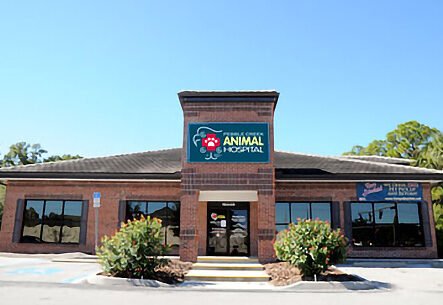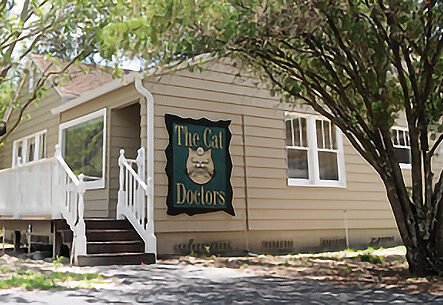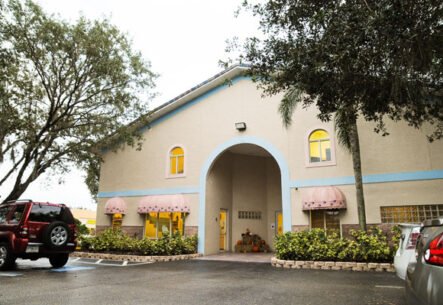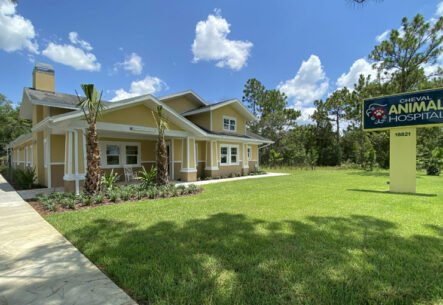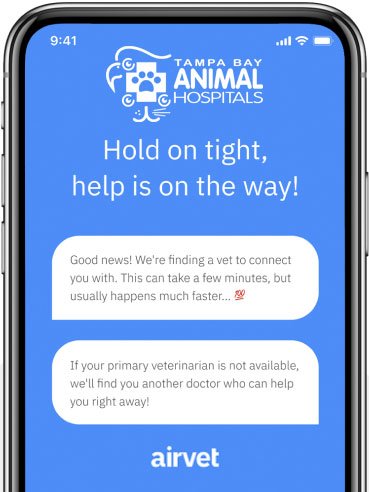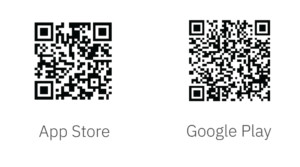Eclectus parrots
What to expect from your Eclectus parrot
Eclectus parrots are in high demand as pets, primarily because of their beauty. They are generally calm in captivity, especially in the presence of strangers. They may exhibit a “pensive” nature when considering novel items or situations in a secure environment. However, individuals may be playful and rambunctious when they are comfortable with family members. To a greater degree than other companion birds, they may be fearful of anything new. This fear may be reflected in the high incidence of feather picking, especially in timid males.
Male eclectus parrots tend to be more docile than females, especially when hand-raised. Both genders have mimicking ability, although the male may be a better talker. There are reports of eclectus parrots developing a nervous habit of “toe tapping” or “wing flapping.” The cause is unknown, but if the birds are otherwise healthy, the condition usually abates with time. There have been some suggestions that this behavior in eclectus may be associated with preliminary infection with a viral disease. Working with an avian veterinarian is paramount, as early therapy has been considered a potential success.
Vital statistics
- Body length: 12-14 inches (30-35 cm)
- Body weight: 380-450 grams
- Age of sexual maturity: 6 years
- Maximum life span: 20 years
Is your Eclectus parrot a male or a female?
It is easy to determine the gender of an eclectus parrot, not only because of behavioral characteristics, but because the male is bright green and the female is red. Because of the distinct color difference, eclectus parrots were originally believed to be two separate species. They are prolific breeders and the offspring are easy to hand-raise.
What do Eclectus parrots do all day?
Toys offered to eclectus parrots must be free of toxic metals, hooks, sharp objects or small, easily consumed components. Fresh-cut branches from nontoxic trees may be offered. Check with local authorities for recommendations of safe trees. Eclectus need to feel they are a part of the group. They are nosy and interested in what is going on around them.
Are Eclectus parrots tame?
Young, hand-raised eclectus parrots adapt readily to new surroundings and handling procedures. They should be exposed early in life to novel situations (car travel, hospital visits, multiple visitors in the household, other household pets) so that they are well adjusted to these events. Discipline, leadership, patience, hooding (covering the head), a sense of ritual and the offering of rewards are necessary to modify the behavior. Even then, they are not completely trustworthy with strangers and may bite for no apparent reason (especially the female).
How to identify your bird
One method used to permanently identify your eclectus parrot in case of loss or escape is for your avian veterinarian to inject a custom microchip under the skin. Although individually numbered leg bands or rings may be applied, this method is unreliable and may result in potential damage to the bird.
Why the wings should be clipped
Eclectus parrots that are allowed unrestricted freedom in the home can encounter numerous physical dangers or toxins; therefore, wing clipping is recommended. The goal of clipping the wings is NOT to make the bird incapable of flight, but to prevent it from developing rapid and sustained flight and to prevent escape. An eclectus will require additional trimming 8-12 weeks after the start of a molt cycle.
How to keep your Eclectus parrot healthy, happy and safe!
- Give lots of attention.
- Feed a fresh, high quality, toxin-free formulated diet with daily supplementation of small amounts of chopped vegetables and fruit according to manufacturer’s recommendations.
- Grit is not necessary with modern captive bird diets.
- Provide clean, fresh uncontaminated water.
- Remove and replace food and water containers twice daily to maximize activity in a healthy bird.
- Provide an occasional opportunity for a bath, shower or misting (at least weekly).
- Avoid spraying the house with insecticides.
Housing for your eclectus parrot should:
- be as large as possible.
- be clean, secure and safe and easy to service.
- be constructed of durable, nontoxic material (avoid zinc).
- contain variable-sized perches made of clean, nontoxic, pesticide-free tree branches.
- have food and water containers placed at opposite ends of the enclosure.
- avoid having perches located directly over food containers.
- offer occasional opportunity for protected outdoor exposure to fresh air, sunlight (not through glass) and exercise.
Eclectus parrots are very curious and will investigate anything new in their environment. That is why it is important to prevent their access to:
- ceiling fans
- hot cooking oil
- overheated nonstick-coated cookware
- leg chains
- sandpaper-covered perches
- tobacco and cigarette smoke
- chocolate, avocado, salt, alcohol
- toxic houseplants
- pesticides
- toxic fumes
- easily dismantled toys
- dogs, cats and young children
- cedar, redwood and pressure-treated wood shavings
- sources of lead or zinc
- plug-in air fresheners
- heavily-scented candles
What your veterinarian looks for in a healthy Eclectus parrot
- Dry, open nares
- Clear, bright eyes (no discharge)
- Smooth beak
- Alert, erect posture
- Body free of lumps and bumps
- Smooth, bright feathers without color breaks, transparency or ragged edges
- Even, reptilian pattern on the feet, and nails of appropriate length
Most common disorders of Eclectus parrots:
- Feathering picking
- Hypovitaminosis A
- Proventricular dilatation disease
- Chlamydiosis
- Bacterial infections
- Annular toe deformities (neonates)
- Female aggression, male docility
- Wing flapping and toe tapping
Many common disease conditions in eclectus parrots are often the result of nutritional disorders. Visiting your avian veterinarian for routine health checks will help prevent many diseases and support you in having a long, satisfying relationship with your eclectus parrot.
Background information
Eclectus parrots originate from Australia, New Guinea and other South Pacific islands. Of the ten Eclectus subspecies, the three most commonly seen in captivity are the red-sided (Eclectus roratus polychloros), Vos (Eclectus roratus vosmaeri) and Solomon Island (Eclectus roratus solomonensis). Eclectus have the most pronounced sexual dimorphism of any psittacine: the males are green and the females are red. Scientists who have studied these birds in Australia have determined that this color distinction is related to their sexual roles in the wild. Females spend up to 11 months each season in their nest hollow, and their red color makes them less conspicuous against the tree trunk. However, males differ from females by spending a much larger proportion of their time foraging among the rainforest canopy. Their green color favors reduced visibility to predators against leaves. In captivity, eclectus females generally tend to be more aggressive than males, both in companion bird settings and in aviculture. In breeding situations, a female may sometimes even traumatize her mate.
Courtesy of Zoological Education Network
Tampa, FL 33615 (View map)
Tampa, FL 33647 (View map)
Tampa, FL 33617 (View map)
Tampa, FL 33647 (View map)

